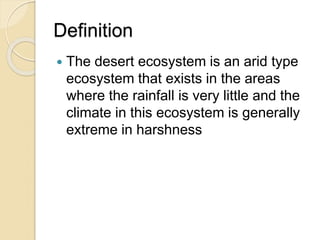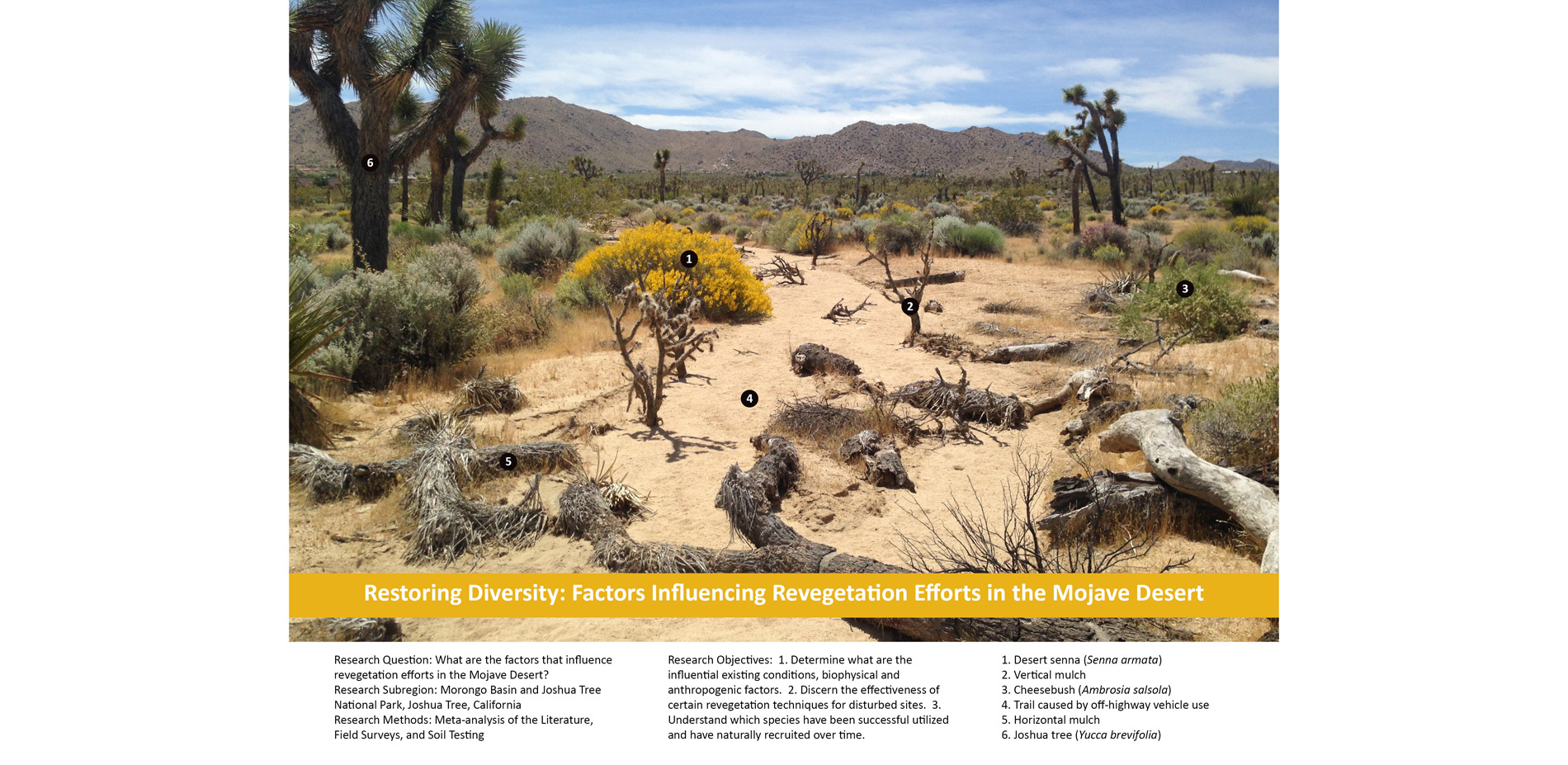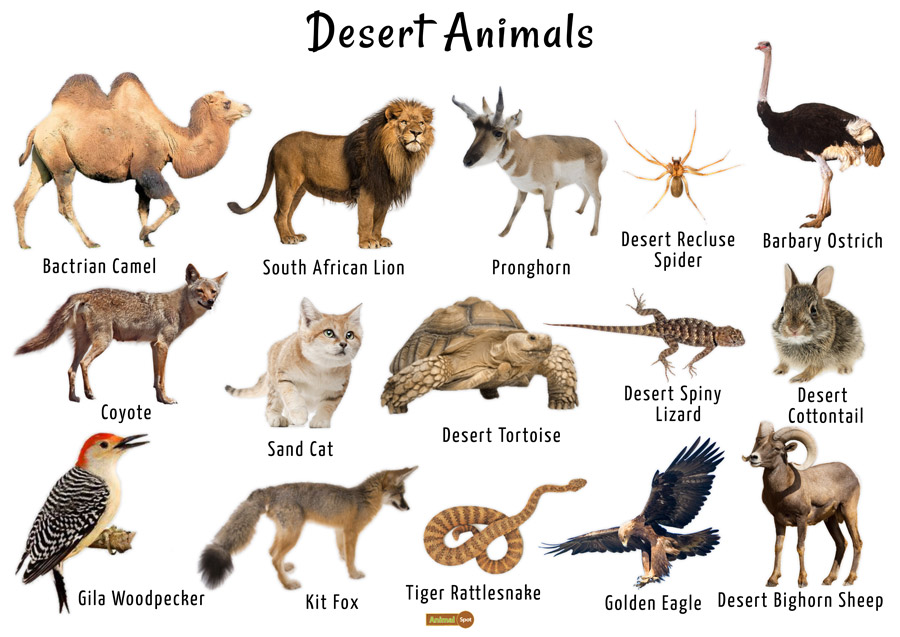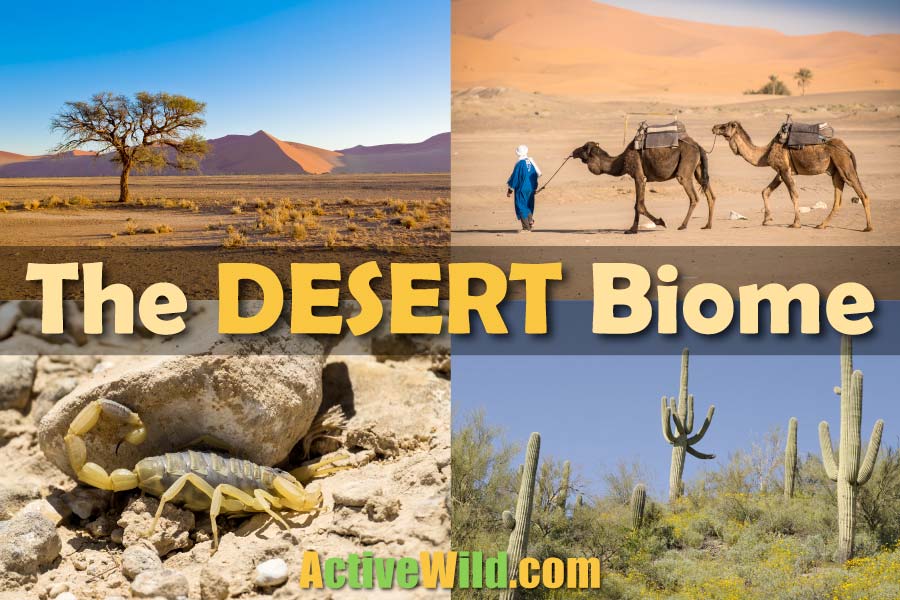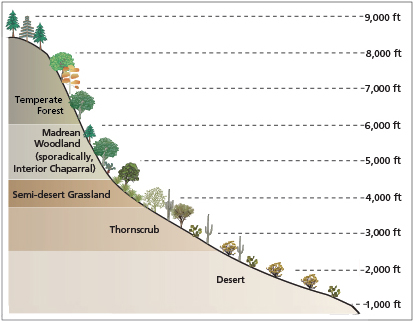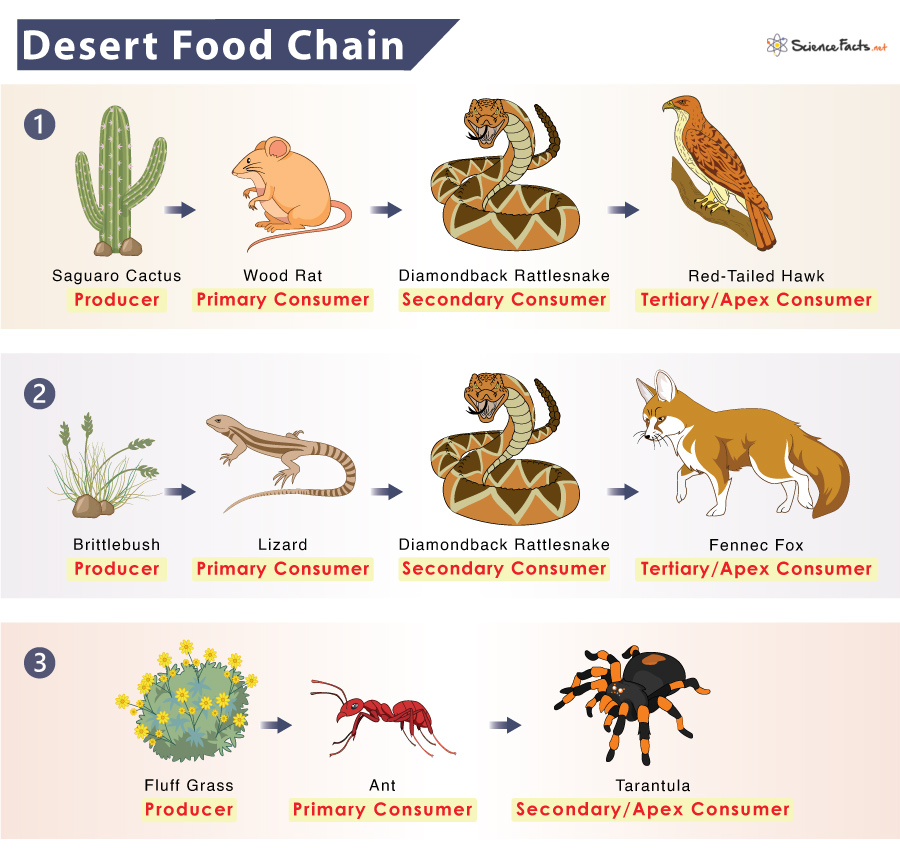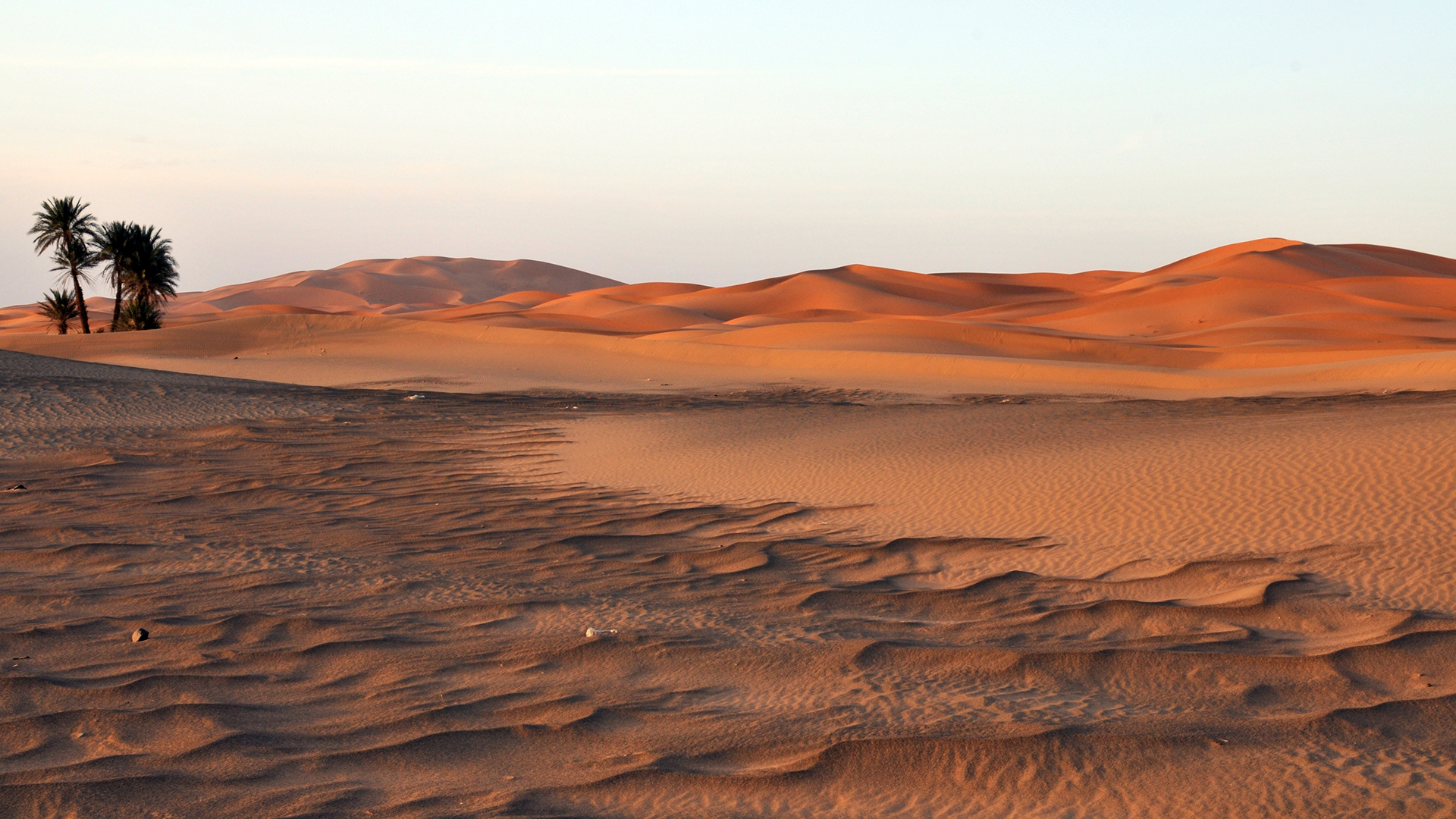Topic levels of organization in an ecosystem: Explore the intricate layers of life within ecosystems, from individual organisms to the biosphere, revealing the fascinating dynamics that sustain our planet.
Table of Content
- What are the levels of organization in an ecosystem?
- Overview of Ecosystem Organization
- 1. Organisms and Species
- 2. Populations
- 3. Communities
- 4. Ecosystems
- 5. Biomes
- YOUTUBE: Individual Species, Populations, Communities, Ecosystems, and Biomes: A Full Ecology Lesson
- 6. Biosphere
- Interactions and Relationships
- Energy Flow and Material Cycling
- Conservation and Biodiversity
- Human Impact on Ecosystems
What are the levels of organization in an ecosystem?
The levels of organization in an ecosystem are:
- Organism
- Population
- Community
- Ecosystem
- Biome
- Biosphere
Here is a breakdown of each level:
- Organism: This is the most basic level of organization and refers to an individual living thing, such as a plant, animal, or microorganism.
- Population: A population consists of a group of organisms of the same species living in the same area and interacting with one another.
- Community: A community is formed by multiple populations living together and interacting in the same area. It includes different species and the relationships between them.
- Ecosystem: An ecosystem encompasses all the living organisms (biotic factors) in a given area, as well as the non-living components (abiotic factors) with which they interact. It involves the flow of energy and cycling of nutrients among these components.
- Biome: A biome refers to a large geographic area that has similar climates, ecosystems, and communities of organisms. Examples include deserts, forests, and grasslands.
- Biosphere: The biosphere is the highest level of organization and encompasses the entire surface of the Earth where living organisms exist. It includes all ecosystems and biomes on the planet.
These levels of organization help us understand the complex interactions and dependencies that exist within ecosystems and how they contribute to the overall functioning of the biosphere.
READ MORE:
Overview of Ecosystem Organization
The natural world is a complex web of interconnected systems, and understanding the levels of organization within an ecosystem provides a foundational perspective on ecological relationships and processes. This structure ranges from the smallest biological units to the vast biosphere, encompassing all life on Earth.
- Organisms: The basic unit of ecological study, individual living entities that interact with their environment.
- Populations: Groups of individuals belonging to the same species, living and interacting within a specific area.
- Communities: Assemblages of different populations that live together in a defined area, engaging in interactions that can affect their survival and reproduction.
- Ecosystems: Integration of biological communities with their physical environment, facilitating nutrient cycling and energy flows.
- Biomes: Large regions characterized by similar climate, flora, and fauna, representing the world"s major ecological communities.
- Biosphere: The global sum of all ecosystems, the highest level of ecological organization, encapsulating the totality of life and its interactions with the Earth"s atmosphere, hydrosphere, and lithosphere.
This hierarchical structure illustrates how individual organisms are the building blocks of larger ecological entities, leading up to the biosphere, which integrates all living and non-living components of the Earth.
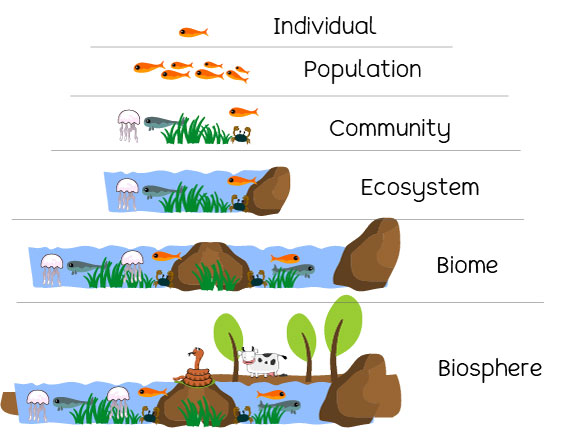
1. Organisms and Species
At the core of ecosystem organization are organisms, the individual living entities that form the basic units of biological classification. Each organism is a member of a species, a group of individuals that share genetic similarity and can interbreed to produce fertile offspring in natural conditions. This level is fundamental to understanding biodiversity and the various roles different organisms play in their environments.
- Genetic Diversity: Within species, genetic diversity is crucial for adaptation and survival, enabling populations to withstand environmental changes and threats.
- Niche Occupation: Each species occupies a specific niche, a role within an ecosystem that includes its behavior, diet, and interactions with other species. This defines the species" contribution to the ecosystem"s health and balance.
- Species Interdependence: The survival of species is often interlinked, with predator-prey relationships, pollination, and seed dispersal illustrating the complex web of interactions that sustain ecosystems.
Understanding organisms and species is essential for conservation efforts, highlighting the importance of each species in maintaining ecological equilibrium and the consequences of biodiversity loss.
2. Populations
A population represents a group of individuals of the same species living in a specific area, sharing the same gene pool, and capable of interbreeding. This level of organization focuses on the dynamics within species in particular environments, including their size, distribution, and structure, which are influenced by birth rates, death rates, immigration, and emigration.
- Population Density: The number of individuals per unit area or volume, which affects resources availability, mating opportunities, and predator-prey interactions.
- Population Growth: Determined by birth rates, death rates, and migration patterns. Growth models help predict changes in population sizes and inform conservation strategies.
- Genetic Variation: Within populations, genetic diversity is crucial for resilience against diseases, environmental changes, and ensuring long-term survival.
- Population Ecology: The study of how populations interact with their environment, including factors like competition for resources, predation, and symbiotic relationships.
Understanding population dynamics is essential for managing ecosystems, conserving endangered species, and addressing challenges like habitat destruction and climate change.
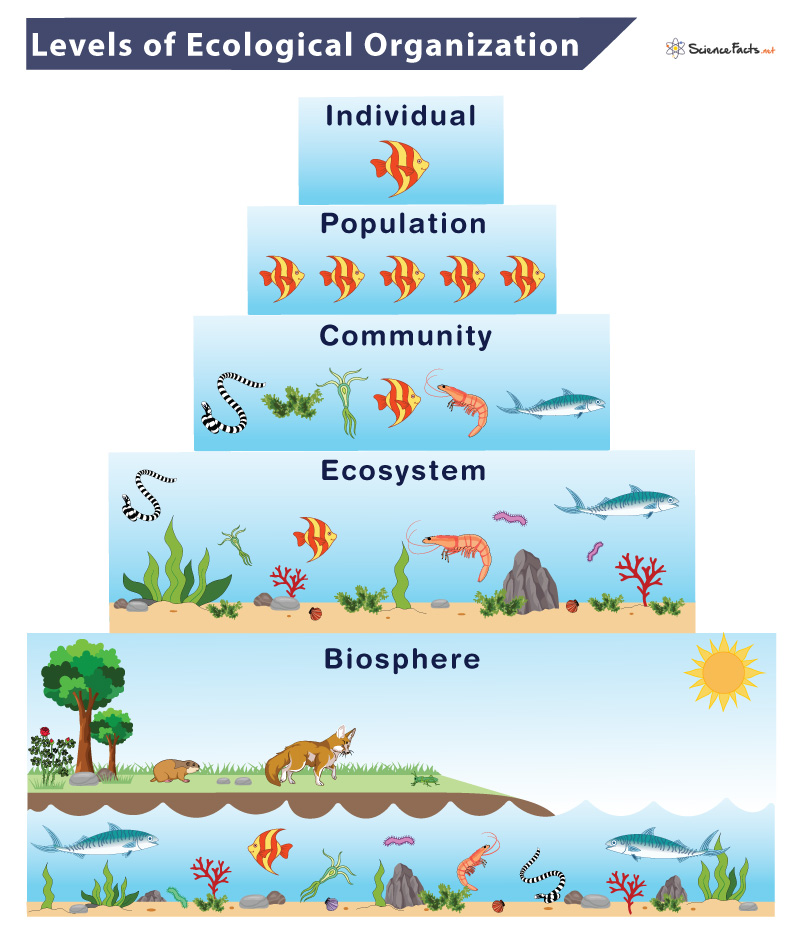
3. Communities
Communities in an ecosystem encompass all the different populations of organisms living together in a specific area, interacting in complex ways. This level integrates various species, including plants, animals, fungi, and microorganisms, focusing on their relationships and the roles they play within their shared environment.
- Diversity and Stability: A community"s biodiversity is a measure of its health, resilience, and ability to withstand environmental stresses. High biodiversity often leads to greater stability and productivity.
- Inter-species Interactions: Includes various forms of relationships such as predation, competition, mutualism, and commensalism, each playing a critical role in community dynamics.
- Food Webs and Chains: Illustrate the flow of energy through communities, from producers to top predators, highlighting the interconnectedness of all members.
- Niche Partitioning: The process by which competing species use the environment differently to coexist, minimizing competition and promoting diversity.
- Succession: The sequential change in community composition and structure over time, driven by disturbances or the creation of new habitats.
Studying communities is crucial for understanding ecosystem function, managing natural resources, and conserving habitats, as it reveals the intricate web of life that sustains biodiversity.
4. Ecosystems
Ecosystems represent the complex interactions between the communities of organisms (including animals, plants, fungi, and microorganisms) and their physical environment (such as air, water, and soil). They are dynamic systems where biotic (living) and abiotic (non-living) components interact to form a functional unit, cycling energy and nutrients.
- Energy Flow: Ecosystems are characterized by the flow of energy from the sun through photosynthetic organisms (producers) to herbivores (consumers) and then to carnivores and decomposers, forming food chains and webs.
- Nutrient Cycling: The circulation of nutrients like carbon, nitrogen, and water through various ecosystem components is vital for sustaining life.
- Ecosystem Services: Ecosystems provide essential services to humans, including air and water purification, pollination of crops, climate regulation, and cultural and recreational benefits.
- Habitat Provision: They offer habitats to species, supporting biodiversity by providing living spaces, food, and resources necessary for survival and reproduction.
- Human Impacts: Human activities can significantly affect ecosystems, leading to habitat destruction, pollution, climate change, and biodiversity loss, underscoring the need for sustainable management practices.
Understanding ecosystems and their functions is critical for environmental conservation, guiding efforts to protect natural habitats, restore damaged ecosystems, and maintain the planet"s biodiversity and ecological balance.

5. Biomes
Biomes are large regions of the Earth characterized by their climate, soil types, and the living organisms adapted to them. They represent the global ecological patterns that form the Earth"s surface and are classified into distinct types based on temperature, precipitation, and the vegetation they support. Biomes play a critical role in shaping the diversity and distribution of life on Earth.
- Terrestrial Biomes: Include forests (tropical, temperate, boreal), grasslands (savanna, temperate), deserts, and tundra, each with unique flora and fauna adapted to their specific climate conditions.
- Aquatic Biomes: Comprised of freshwater (lakes, rivers, wetlands) and marine (oceans, coral reefs, estuaries) ecosystems, supporting a wide range of life forms.
- Climate and Vegetation: The climate of a biome determines its soil type and the kinds of plants and animals that can survive there. Vegetation types in turn influence the local climate, creating a feedback loop.
- Adaptations: Species within each biome have evolved specific adaptations to survive in their respective environments, from water conservation in deserts to insulation in the tundra.
- Human Influence: Human activities, including deforestation, urbanization, and pollution, have significant impacts on biomes, altering habitats and biodiversity.
Studying biomes helps us understand the complexity of natural habitats and the importance of conserving these areas to maintain global biodiversity and ecological balance.
Individual Species, Populations, Communities, Ecosystems, and Biomes: A Full Ecology Lesson
Explore the fascinating world of organization in this captivating video! Learn how to declutter your surroundings, streamline your processes, and master your time management skills to achieve optimal efficiency and success. Watch now to transform chaos into harmony!
Levels of Organization in Ecosystems
Dive into a mesmerizing journey through the wondrous realms of ecosystems! Discover the delicate balance of interconnected species and the breathtaking beauty of nature\'s intricate designs. Immerse yourself in this video and gain a profound appreciation for the importance of preserving our planet\'s precious ecosystems.
6. Biosphere
The biosphere is the global ecological system integrating all living beings and their relationships, including their interaction with the elements of the lithosphere, hydrosphere, and atmosphere. It encompasses all ecosystems and living organisms on Earth, in the ground, in the air, and in the water, making it the largest level of ecological organization.
- Life Support System: The biosphere provides essential conditions for life, regulating climate, recycling nutrients, and offering habitats.
- Global Ecosystem: Encompasses the sum total of biodiversity, including all ecosystems and living organisms, and their interactions within the physical environment.
- Human Impact: Human activities have profound effects on the biosphere, influencing climate change, biodiversity loss, and ecosystem degradation, highlighting the need for sustainable practices.
- Conservation Efforts: Protecting the biosphere is crucial for maintaining ecological balance and ensuring the survival of human and non-human life on Earth.
- Research and Monitoring: Scientific research and monitoring of the biosphere are vital for understanding ecological processes and the impact of human actions, guiding conservation and sustainability efforts.
The biosphere is a testament to the interconnectivity of life and the environment, underscoring the importance of ecological conservation to sustain life on Earth for future generations.
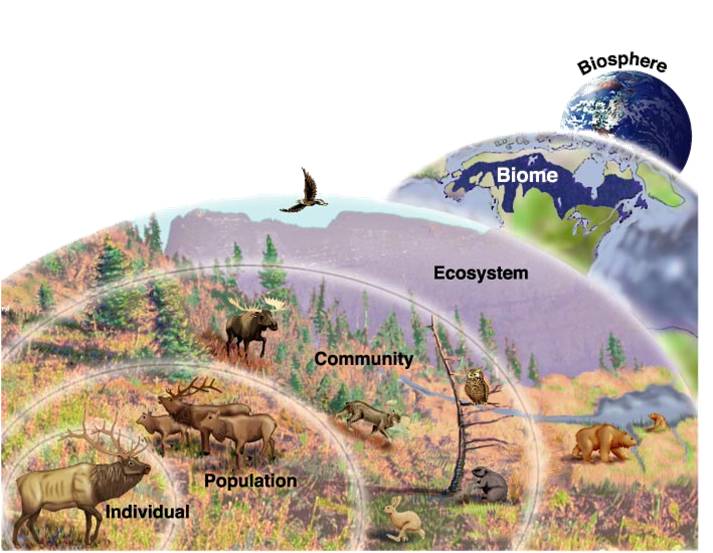
Interactions and Relationships
In ecosystems, the myriad of interactions and relationships between organisms and between organisms and their environment are fundamental to the functioning and stability of ecological communities. These interactions can be competitive, cooperative, or neutral, each playing a crucial role in shaping the structure and dynamics of ecosystems.
- Predation and Herbivory: These interactions involve one organism consuming another, significantly affecting population dynamics and community structure.
- Competition: Occurs when organisms vie for the same resources (e.g., food, space), often leading to the dominance of one species over others in certain conditions.
- Mutualism: A cooperative interaction where both species benefit, such as pollination of plants by insects.
- Commensalism: One species benefits without significantly affecting the other, exemplifying the complex web of life where even indirect interactions contribute to ecosystem stability.
- Keystone Species: Some species have a disproportionately large effect on their environment relative to their abundance, influencing many other elements in an ecosystem.
- Ecological Succession: The process by which the structure of a community evolves over time, often initiated by significant disturbances or the creation of new habitats.
Understanding these interactions and relationships is essential for conservation biology, ecosystem management, and predicting how ecosystems will respond to changes such as climate change, habitat destruction, and species extinctions.
Energy Flow and Material Cycling
The concepts of energy flow and material cycling are central to understanding ecosystem dynamics. Energy from the sun is captured by producers and then transferred through various trophic levels, while materials such as carbon, nitrogen, and water cycle through both biotic and abiotic components of ecosystems, ensuring the sustainability of life.
- Photosynthesis and Primary Production: The foundation of energy flow, where plants and other photosynthetic organisms convert solar energy into chemical energy stored in biomass.
- Food Chains and Webs: Describe the movement of energy through ecosystems from producers to consumers (herbivores, carnivores) and decomposers, highlighting the interconnectedness of species.
- Nutrient Cycles: Essential processes like the carbon cycle, nitrogen cycle, and water cycle describe how elements move between land, water systems, and the atmosphere, crucial for ecosystem function.
- Decomposition: Decomposers break down dead material, returning nutrients to the soil and atmosphere, thus playing a key role in material cycling and energy flow.
- Human Impacts: Activities such as burning fossil fuels, deforestation, and pollution alter natural cycles, affecting climate, ecosystem health, and biodiversity.
Understanding these processes allows us to grasp the complexity of ecosystems, the importance of conservation, and the impacts of human actions on the natural world.

Conservation and Biodiversity
Conservation and biodiversity are interconnected concepts critical to the health of our planet. Biodiversity, the variety of life in all its forms, levels, and combinations, is essential for ecosystem resilience, providing ecosystem services that sustain human life and the natural environment. Conservation efforts aim to protect this biodiversity and the integrity of ecosystems against the adverse impacts of human activities.
- Importance of Biodiversity: Biodiversity contributes to ecosystem stability, productivity, and the ability to recover from disturbances.
- Threats to Biodiversity: Habitat loss, climate change, pollution, overexploitation, and invasive species are major threats to biodiversity, leading to species extinction and ecosystem degradation.
- Conservation Strategies: Protected areas, restoration projects, sustainable resource management, and policies aimed at reducing human impact are crucial for conserving biodiversity.
- Global and Local Initiatives: International agreements like the Convention on Biological Diversity, along with local conservation efforts, play key roles in protecting ecosystems.
- Role of Communities: Local communities can contribute significantly to conservation efforts through traditional knowledge and sustainable practices.
Protecting biodiversity is not just about preserving species; it"s about maintaining the balance of ecosystems upon which we all depend. It requires a global effort, combining scientific understanding with policy and community action to ensure a sustainable future for all forms of life.
READ MORE:
Human Impact on Ecosystems
Human activities have profoundly affected ecosystems worldwide, often leading to significant environmental changes and challenges. Understanding these impacts is crucial for developing strategies to mitigate negative effects and promote sustainability. The relationship between humans and the environment is complex, requiring balanced approaches to use natural resources responsibly while conserving ecological integrity.
- Habitat Destruction: Deforestation, urban development, and agriculture are primary causes of habitat loss, threatening species survival and biodiversity.
- Pollution: Air, water, and soil pollution from industrial, agricultural, and urban sources contaminates ecosystems, affecting both wildlife and human health.
- Climate Change: Emissions of greenhouse gases from human activities are altering global climate patterns, impacting ecosystems through temperature changes, sea level rise, and extreme weather events.
- Overexploitation: The excessive use of natural resources, such as overfishing and unsustainable logging, depletes biodiversity and disrupts ecosystem services.
- Invasive Species: Human-facilitated introduction of non-native species can outcompete native species, leading to loss of biodiversity and alteration of ecosystem functions.
- Conservation Efforts: Efforts to reduce human impact include protected areas, sustainable resource management, pollution control, and climate change mitigation strategies.
Addressing human impact on ecosystems requires global cooperation, innovative solutions, and a commitment to sustainable living practices. By understanding and mitigating these impacts, we can preserve the Earth"s ecosystems for future generations.
Exploring the levels of organization in ecosystems reveals the intricate balance of life, highlighting the importance of each component in maintaining Earth’s biodiversity and sustainability for future generations.

